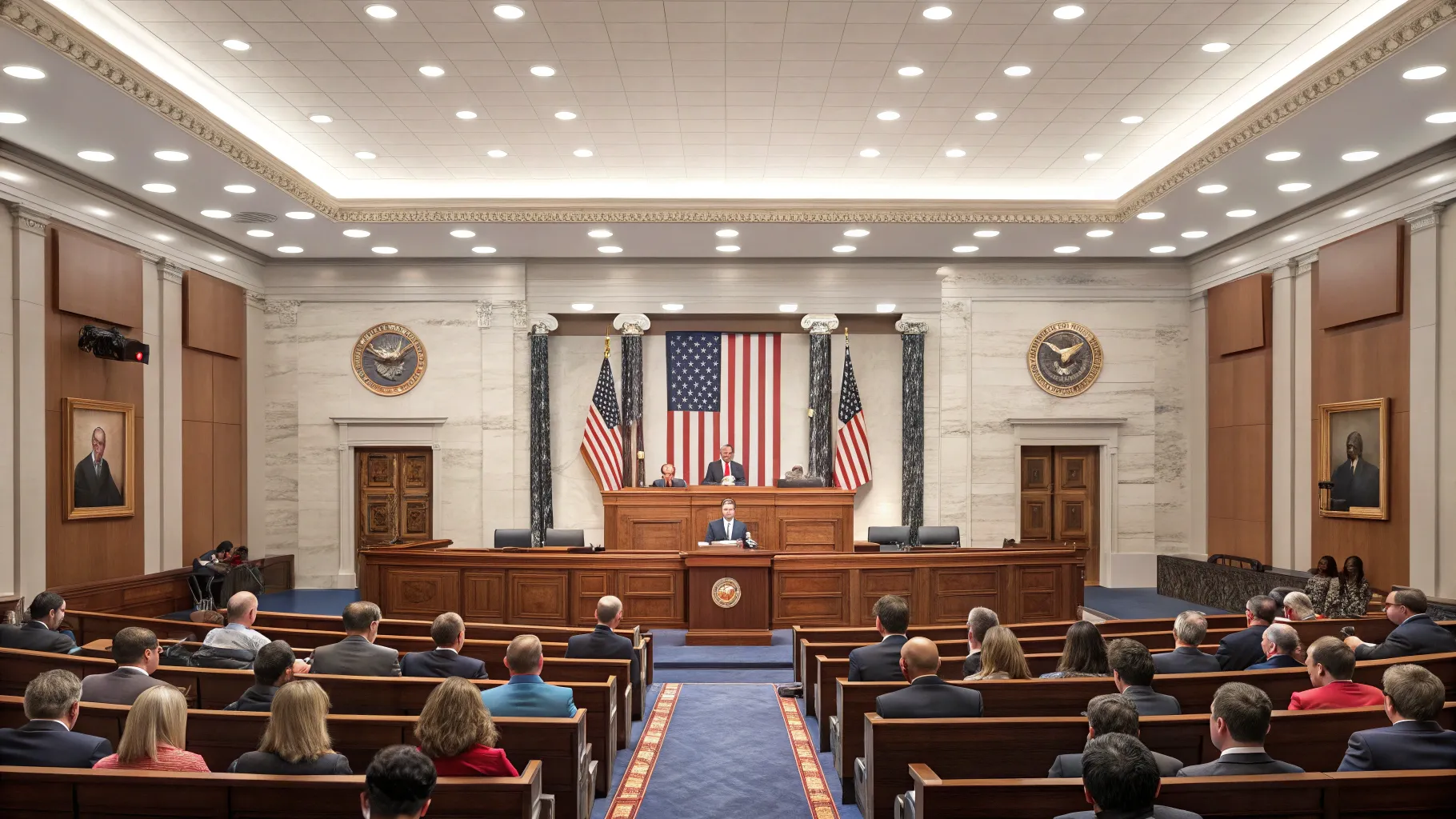The NCAA’s new
10-year revenue sharing plan with college athletes is drawing attention on Capitol Hill, with Rep. Burgess Owens of Utah weighing in on national television this week. Speaking on the Fox Business program Varney & Co., the House Republican and former NFL player discussed the agreement’s stakes for athletes, schools, and fans. The plan, tied to a landmark legal settlement, could reshape how college sports are funded and governed for years.
The deal is expected to let schools share tens of millions of dollars each year with athletes, while also resolving years of antitrust litigation. Supporters say it brings long-awaited pay to the players who drive billions in revenue. Critics worry about compliance costs,
Title IX obligations, and the risk to smaller athletic programs. Owens’ comments signal growing congressional interest as the system shifts.
What the Agreement Does
The plan stems from a proposed legal
settlement reached in 2024 between the NCAA, major conferences, and former athletes who sued over the limits on compensation. If approved by the court, it would create a new model that allows schools to
share revenue with athletes over a decade. Reports indicate schools could allocate up to roughly $20 million per year to athletes under the framework, though the final figure may vary by institution and conference rules.
Payments would likely be structured by sport and school policy, with details negotiated at the campus level. The agreement would also resolve back damages from the antitrust claims, which could total more than $2 billion across the sport. That settlement would cover the past, while the revenue sharing rules set the course for the future.
- Term: 10 years, pending court approval
- Estimated annual school allocation: up to about $20 million
- Legal context: antitrust settlement covering past claims and future rules
Legal and Financial Context
College sports have faced a wave of
lawsuits since the Supreme Court’s 2021 Alston decision. Courts grew skeptical of strict limits on athlete compensation. Name, image, and likeness (NIL) deals opened the door for sponsorship income. But schools still could not pay athletes directly. This new settlement would change that by setting a shared revenue model that can survive legal scrutiny.
Financially, the plan will test budgets. Power conference schools bring in the largest media and ticket income. They will be better positioned to share revenue without cutting other programs. Smaller schools may feel strain. Administrators say they face trade-offs on staffing, facilities, and the number of varsity teams they can offer.
Title IX and Competitive Balance
Title IX adds a layer of complexity. Schools must ensure equitable treatment by sex in athletics. How revenue sharing interacts with roster sizes, scholarship counts, and sport budgets will be closely watched. Legal experts
warn that missteps could invite new complaints or federal scrutiny.
Competitive balance is another concern. Large schools may offer more attractive packages to athletes, widening the gap with mid-majors. Some athletic directors predict more transfers and shorter athlete tenures as players follow the best financial and playing opportunities.
Owens’ Focus and Congressional Role
Owens, who
chairs a House subcommittee on higher education and workforce issues, has long pressed for athlete welfare and academic support. On Varney & Co., he highlighted the need for clarity on rules, compliance, and the student experience. He has previously pushed for a national framework that reduces confusion and protects athletes from bad actors in recruiting and NIL deals.
Congress could step in if
states and conferences adopt conflicting rules. Lawmakers have debated whether to set uniform standards, regulate collectives, or define athlete status under labor law. Owens’ comments suggest oversight hearings and fresh legislation are possible as the settlement moves forward.
What Athletes and Schools Expect Next
For athletes, direct revenue sharing would mark a historic shift. Football and men’s basketball are likely to see the largest payments at many schools, with other sports shaped by local economics and Title IX. Players may weigh offers that include pay, health coverage, and degree completion support.
Schools are preparing for new compliance systems, athlete contracts, and dispute resolution processes. Conferences will work to keep competition fair while following the settlement terms and federal law. University presidents will watch legal filings and look for best practices from early adopters.
Outlook and Key Questions
The court process will set the timeline. If the settlement is approved as expected, schools could start planning payments for upcoming seasons. The key questions are how funds will be allocated across sports, how Title IX will be met, and how smaller programs will adapt.
Owens and other lawmakers are likely to keep attention on athlete protections and academic outcomes. Fans can expect more transparency on finances and roster moves. The next 12 months will shape how the 10-year plan works in practice and whether Congress decides to write new rules.
The emerging system offers clearer pay for athletes and clearer rules for schools, but it also brings hard choices. Watch for court approval, conference guidance, and possible hearings in the House. Those steps will determine whether the new era of college sports starts smoothly or faces early course corrections.





